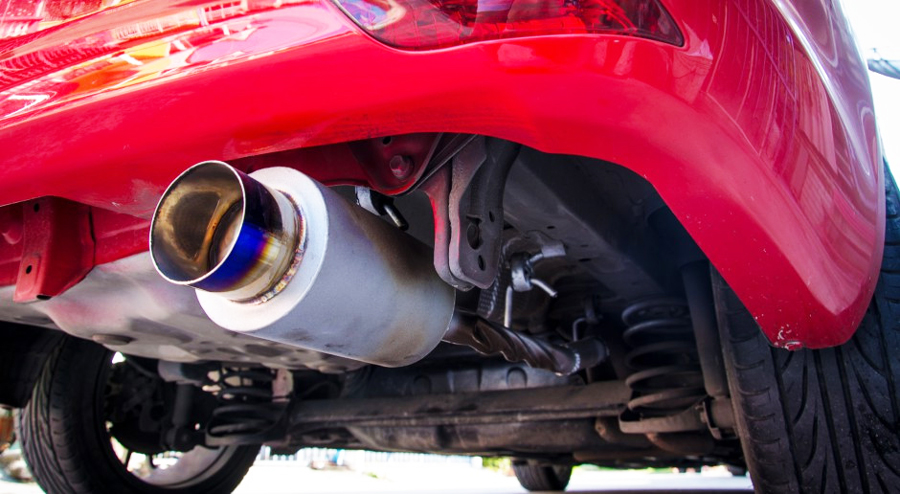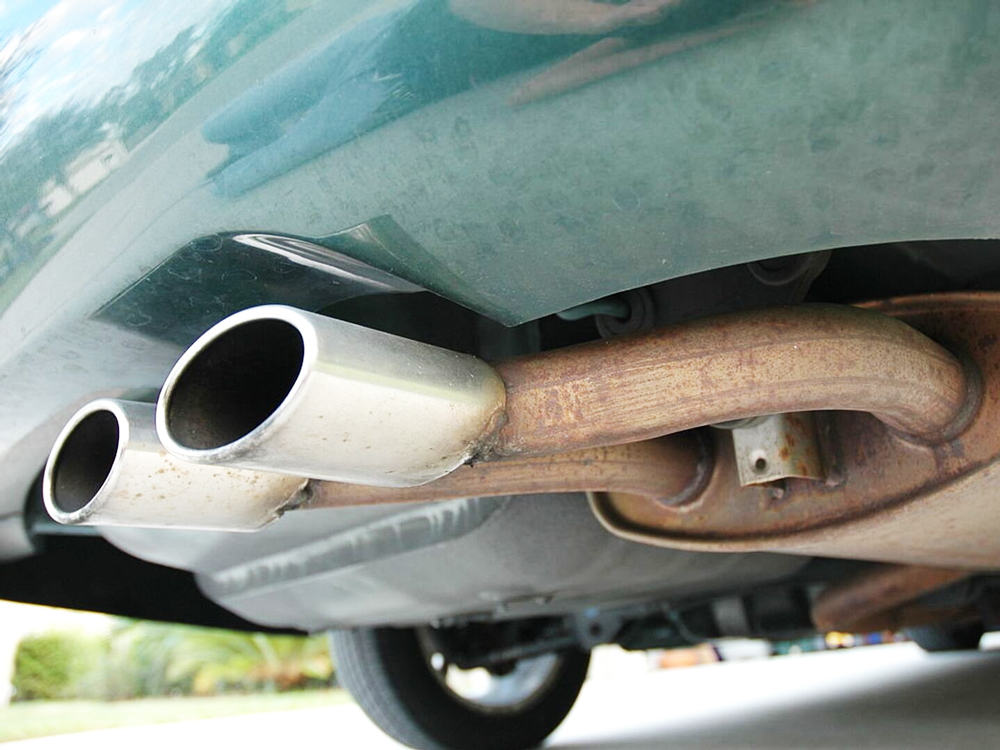The resonator is an integral component of a vehicle’s exhaust system. It works in amalgamation with the muffler to produce pleasant sounds within the car. Some people believe that performing resonator delete offers numerous benefits to the vehicle. On the contrary, others feel that it has numerous drawbacks. This guide highlights the pros and cons of resonator delete that you can consider before performing resonator delete in your car.
What Is Resonator Delete?
Resonator delete is basically a car modification that alters the flow of pulses that move within the system. During resonator delete, the entire part is completely removed. A resonator deletes changes in the exhaust sound and eliminates weight from the car. It is a legal modification that needs minimum maintenance without impeding the working of the muffler. However, removing a resonator leads to droning sounds, reduced flow, impaired engine efficiency, illuminates the Check Engine Light, and may void the warranty. A resonator delete can be performed with the assistance of a qualified mechanic but don’t forget to keep the resonator delete cost in mind.
There are a lot of differences between resonator and muffler delete. Each one of them has its advantages and disadvantages. Some people eliminate both resonator and muffler. Many tend to replace the entire system with straight pipe exhaust.
Advantages of Resonator Delete

Alters Sound Profile
Turn the resonator off, and you’ll hear deeper sounds. This sound would be noticed by many. If your muffler is big, you would hardly notice them within your car.
Minimizes Weight
Removing the weight would improve the performance of the car. Also, the weight of the resonator is 20 pounds, and 40 pounds are eliminated in case your car has two. Every pound impacts the performance of the vehicle.
Making Legal Modifications
In certain states, it’s legal to modify the catalytic converter’s exhaust. As long as it isn’t impacting the emission profile of the car, most states don’t care when the resonator is out of the car. Don’t forget to carry out your own research before performing resonator modifications in your car.
Needs Minimum Maintenance
After resonator delete, you don’t need to do anything after that. You don’t have to get into any repairs or inspections after the job. Ensure that there are no performance issues in the vehicle. It is accompanied by an illuminating check engine light.
Keeps the Muffler Intact

Once you remove the resonator, the muffler won’t be of any use to you. In case you have a dual exhaust, it doesn’t have anything to do with the muffler. In case you experience exhaust issues, you need to place a Y pipe at the end to help it run smoothly. This setup would produce pleasing sounds from the system.
Drawbacks of Resonator Delete
It is the responsibility of the resonator to eliminate droning sounds generated by the vehicle while driving at higher speeds on a long-distance journey. You will hear these sounds after 3,000 to 4,000 RPMs.When the resonator is off, you will hear more drone and hum sounds. You would also come across rattling or screeching sounds produced at certain RPMs that start bothering you after a while.
Minimizes Efficiency
The resonator plays a crucial role in improving the exhaust’s efficiency. Also, it optimizes fuel efficiency to a great extent. With resonator delete, you will notice a minimal drop in efficiency, and in such situations, the engine has to work harder to generate similar horsepower. The impact is so minimum that it would hardly be noticed.
Reduces Flow Speed of Exhaust
Present-day vehicles push exhaust gas away from the vehicle to fill with fresh fuel and air. The resonator applies extra force during the process to help the gas move rapidly. The resonator sound waves evacuate the chamber, making more room for air and fuel. The stronger the waves are, the better vacuum pressure gets. Remove the resonator to minimize the sound waves and creates less pressure. This, in turn, would reduce the exhaust flow speed. An average driver would hardly notice these issues.
Illuminating Check Engine Light
The resonator is a crucial part of the exhaust system, which is heavily monitored when someone buys a new car. Remove the resonator and notice a difference in the performance of the converter. Sometimes the backpressure illuminates the check engine light. All you need to do is check the codes using an OBDII Scanner.
Ensure that the car doesn’t fail vehicle emission tests. Driving would become annoying with an illuminating check engine light. A warning light that illuminates for extended periods indicates a serious issue, and this is why most people don’t perform resonator delete on cars.
Voids Warranty
Those owning a new car get a warranty with it. Once you change the exhaust system and the warranty will become void. If anything goes wrong with the car, you will end up with hefty repairs.
How to Perform Resonator Delete?
Jack the Car Up
You need to jack up the car before performing resonator delete on it. You can perform it effortlessly by jacking the vehicle up. Place the car appropriately, then raise it. Place the car on a stable jack stands in a secure way.
Locating the Resonator
Before commencing your work, know which part you’re working on and Once you have lifted the car finding the resonator won’t be a hassle for you. It is located close to the catalytic converter. If your car has two resonators, make sure that you find both of them before working on them.
Cut the Pipe
Before cutting the pipes, it is vital to keep yourself safe. Cover yourself with hearing protection, safety glasses, and gloves. Using a saw blade or angle grinder, you can cut the exhaust pipe that lies at the front and back of the resonator. Try to cut into two inches from every end. If your car has two resonators, you can perform double cuts.
Take the Resonator Out
Once you’ve cut the resonator removing the resonator becomes very easy.
Weld the Pipes
After you’ve removed the resonator, you need to weld the pipes together. If you don’t know how to perform it by yourself, seeking assistance from a qualified technician would be the best course of action. You can take advantage of the exhaust clamp kit that will hold them together. Take some bolts and fasten them to either end.
